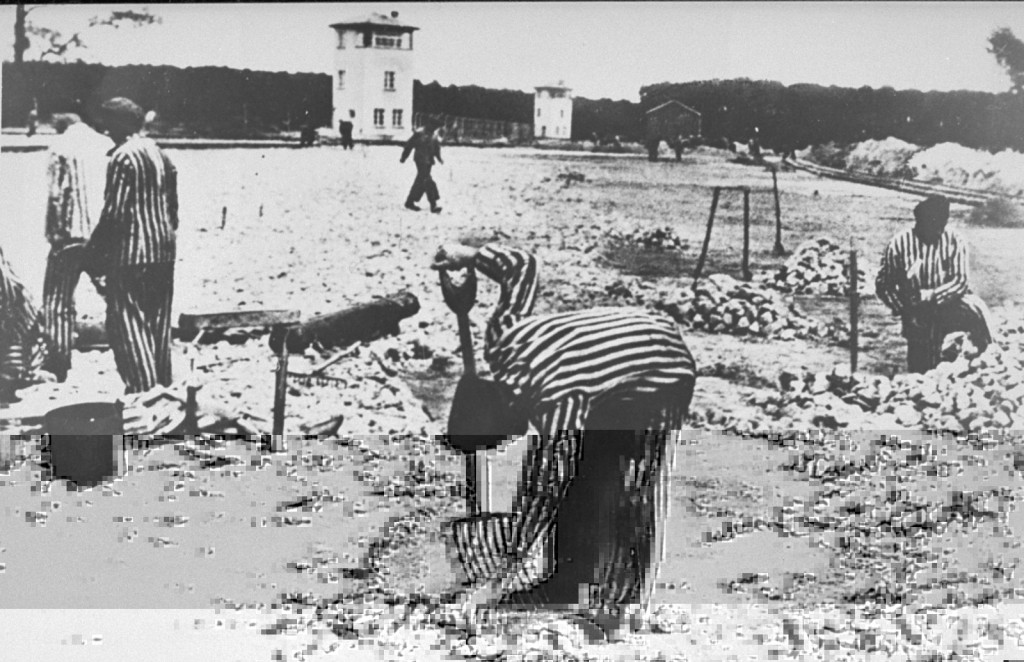You searched for: 竞彩比分3串1奖金封顶【杏彩官方qee9.com】福彩3d杀码图最准杀,,,0278UTWK3yVp
We're sorry, but we couldn't find any matches for "竞彩比分3串1奖金封顶【杏彩官方qee9.com】福彩3d杀码图最准杀,,,0278UTWK3yVp". You might have meant:
- Check for typos.
- Use more generic search terms.
- Use one keyword or filter to start your search.
- Browse: tags, A-Z, ID Cards
You might start with the must read articles:
- Introduction to the Holocaust
- What is Antisemitism?
- How Many People did the Nazis Murder?
- Raoul Wallenberg and the Rescue of Jews in Budapest
- Emigration and the Evian Conference
- Minsk
- The Kielce Pogrom: A Blood Libel Massacre of Holocaust Survivors
- Röhm Purge
- World War I
Still can’t find what you’re looking for? Leave your feedback here.
